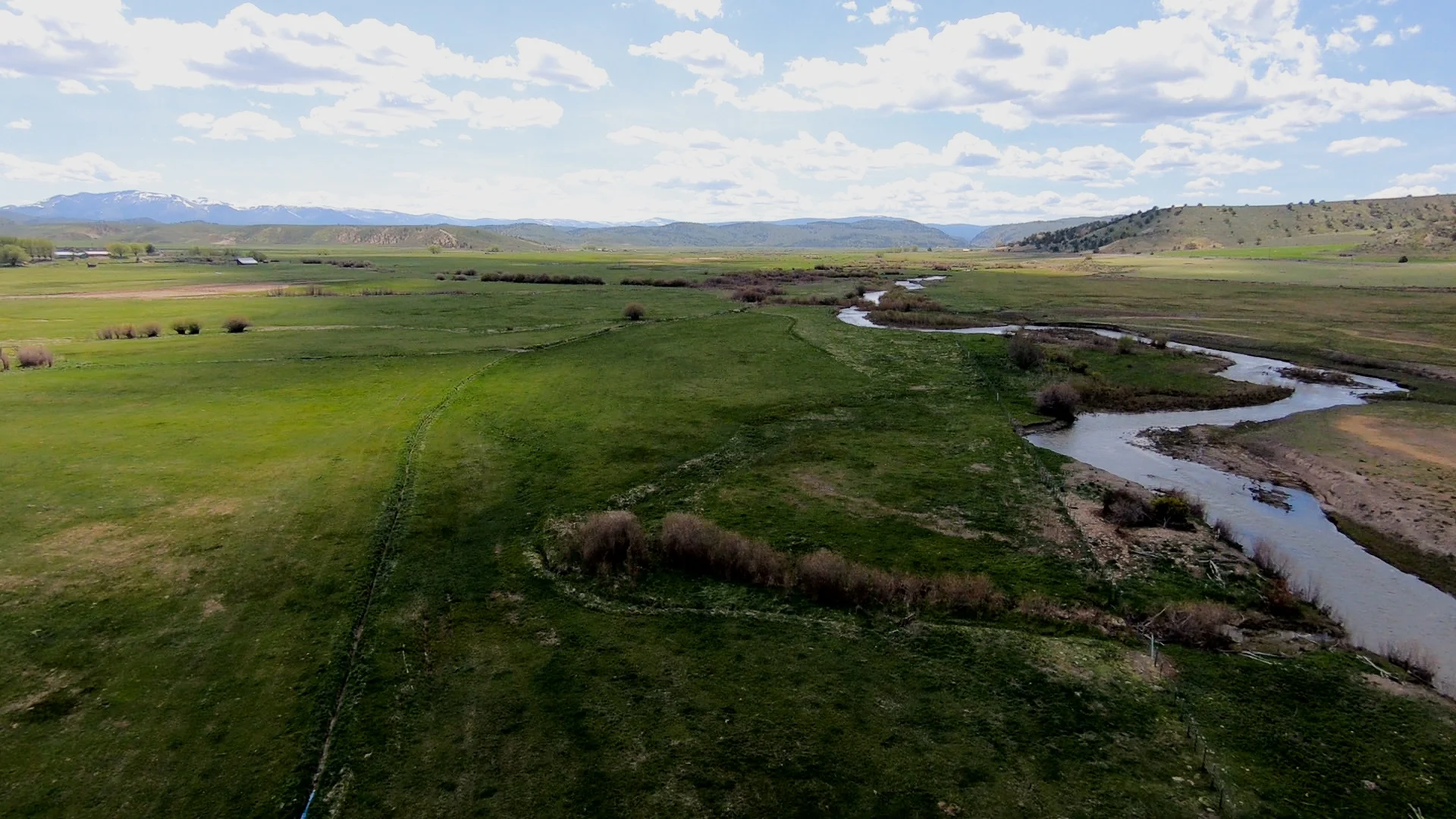
How Our Grants Work
What you need to know about grants.
The Malheur Watershed Council typically works with the Oregon Watershed Enhancement Board (OWEB) as a funding source. OWEB funding is obtained through the Oregon Lottery to restore and enhance natural resources across the state. Grant applications are submitted by Watershed Councils, SWCD’s, and other non-profit organizations on behalf of the landowner to several different cost share funding programs. Click here to see the full list of funding opportunities offered by OWEB.
NRCS
OWEB grant funding can be combined with Natural Resource Conservation Service (NRCS) programs and funding. The Council highly recommends talking with the local Ontario NRCS office to determine eligibility for NRCS funding on project proposals prior to preparing and submitting an OWEB application. NRCS programs can enhance the overall project by providing required match funding and administrative/engineering services.
OTHER PARTNERS AND FUNDING OPPORTUNITIES
Your Council project manager or representative may discuss other opportunities for funding through additional partnership organizations such as Oregon Department of Fish and Wildlife, US Fish and Wildlife service, or other government or non-governmental organizations (NGO’s). These organizations provide program and funding assistance on a project by project basis and are dependent on wildlife or habitat priorities in a specific geography. These funding opportunities may also be combined with OWEB funding to provide required matching funds or enhance the project.
REQUIRED MATCH FUNDING
Match funding, otherwise known as “in-kind”, is required with all OWEB grants, percentages are determined in the grant writing process. Match funding contribution examples include:
Landowner labor to install materials
Landowner equipment to install materials
Landowner cash for components not covered with grant funds
NRCS or other partner cost share funding
TYPES OF GRANTS
GRANT SIZE
SMALL
The Malheur Watershed Council is granted $100,000 each biennium for small grant projects totaling $15,000 or less. Application periods are typically held quarterly on an annual basis (pending funding availability) for small grants. Applications are reviewed by a local review team and ranked. Projects that are recommended for funding are sent to OWEB for final approval. Typical application to approval time 2-3 months. Project MUST be implemented 2 years from the original date of Small Grants team application approval.
LARGE
OWEB large grants are a competitive grant offering through OWEB at a regional level. Large grant applications are ranked and reviewed with other applications from Baker, Wallowa, Harney, and Union Counties. OWEB has large grant offerings biannually. Funding amounts vary per project. Large grants tend to focus on specific habitat, wildlife species, or geographies for higher ranking status. Malheur Watershed Council submits project applications on the landowner’s behalf to OWEB in one of the application periods each year. These grants are reviewed and ranked by a regional OWEB grant team. Ranking position and funding levels determine which projects will be funded and which ones will not. Typical application to approval time 6-8 months. Funded projects should be implemented 2 years from the original date of OWEB board approval.
GRANT FOCUS
IRRIGATION PROJECTS
The main goal of Irrigation restoration projects is water quality improvement. With the Malheur River considered to be one of the most polluted rivers in the State of Oregon reducing contaminant inputs to the Malheur River through irrigation return flows remains a top priority.
Examples of Eligible Irrigation Type Projects
Lateral pipelines
Irrigation System Conversions
Flood to sprinkler
Ditch piping
Ineligible project types
Fields or areas that are not currently being irrigated
Property that does not hold a valid current water right
Project components not covered by the grant
Sprinkler systems (pivots, wheel-lines, big guns, magpie sprinklers)
Replacing items that have become unserviceable over time or replacing items at the end of their usable life.
RANGE AND UPLAND PROJECTS
Range and upland projects vary in size type and priority. These projects typically restore vegetation communities across the landscape through livestock distribution, treatment of invasive species, or wildfire restoration. These projects also help to enhance wildlife habitat for many different upland species such as Sage Grouse.
Examples of Range and upland projects include:
Juniper cutting
Annual Grass treatments
Rangeland seeding
Spring Developments
Fencing
RIPARIAN AND STREAM PROJECTS
Riparian and stream restoration projects also vary in size, type and priority. These projects are implemented to improve riparian vegetation, stabilize stream banks, improve habitat for a number of different aquatic species, and improve water quality.
Examples of riparian and stream projects include:
Stream Restoration
Riparian grazing management (ie: fencing or rotational grazing)
Irrigation Diversion in Streams and Creeks
Culvert and road crossing replacement
Off stream livestock watering developments.









